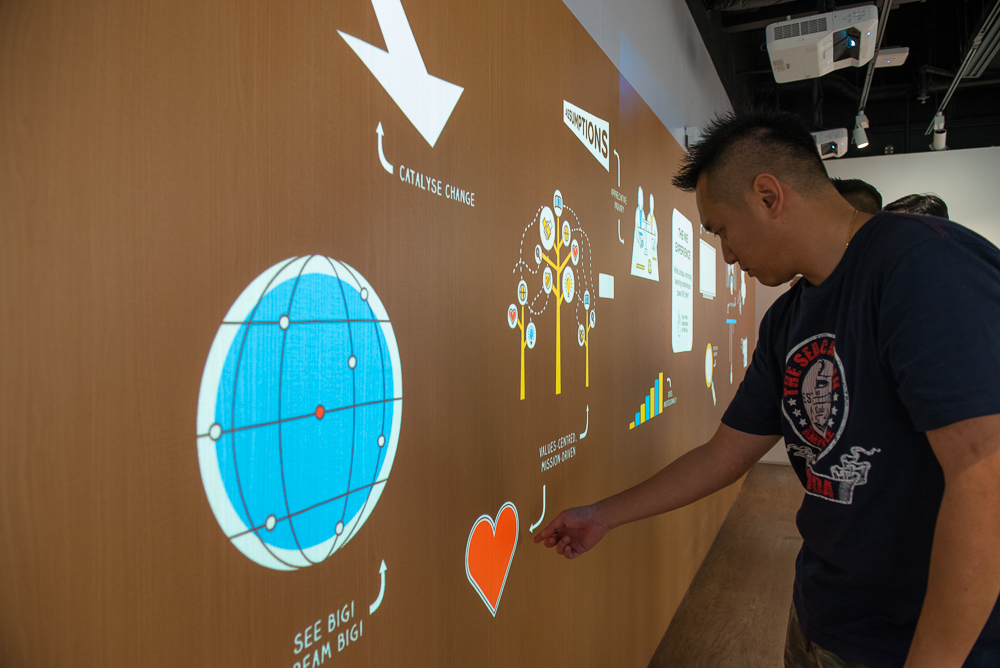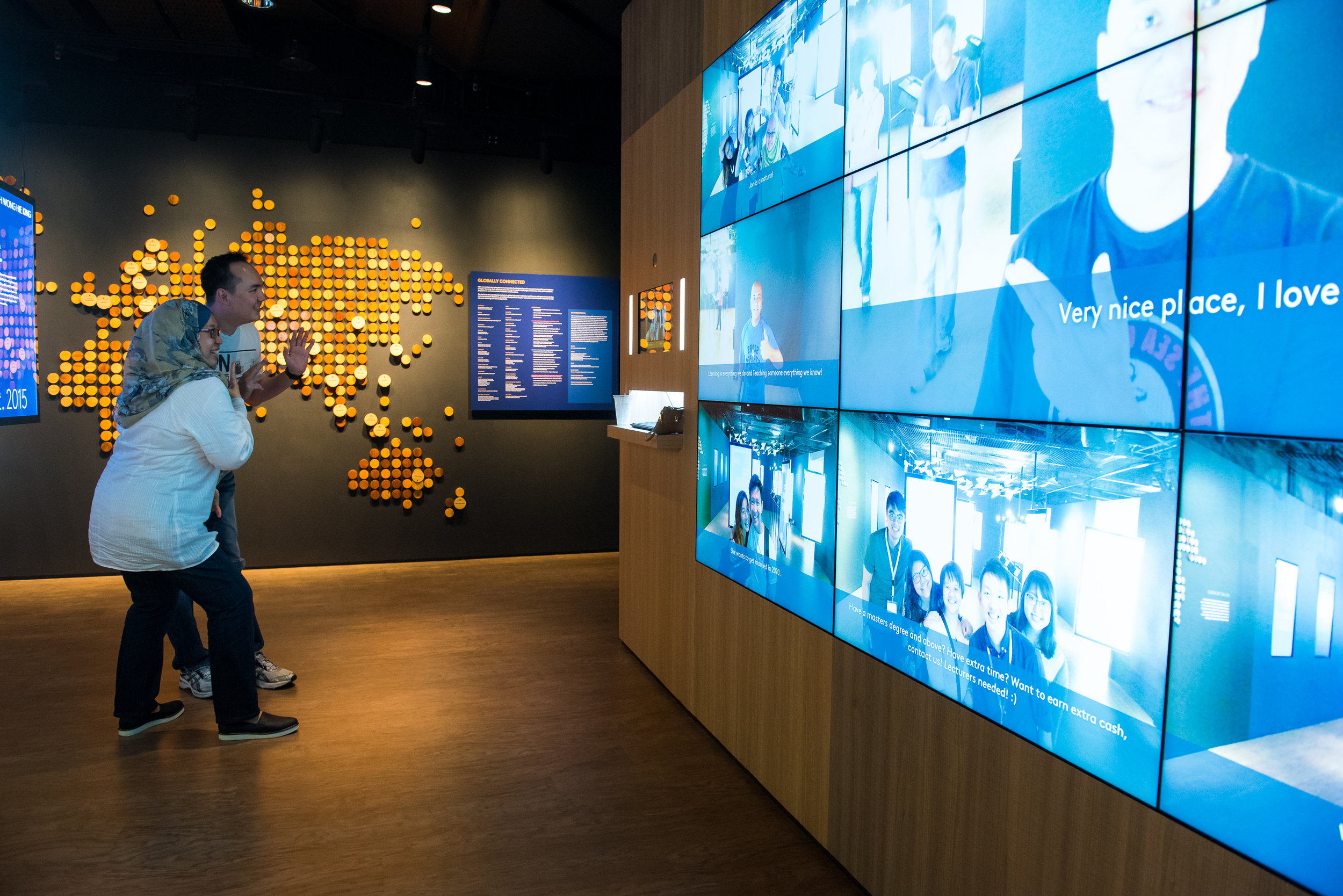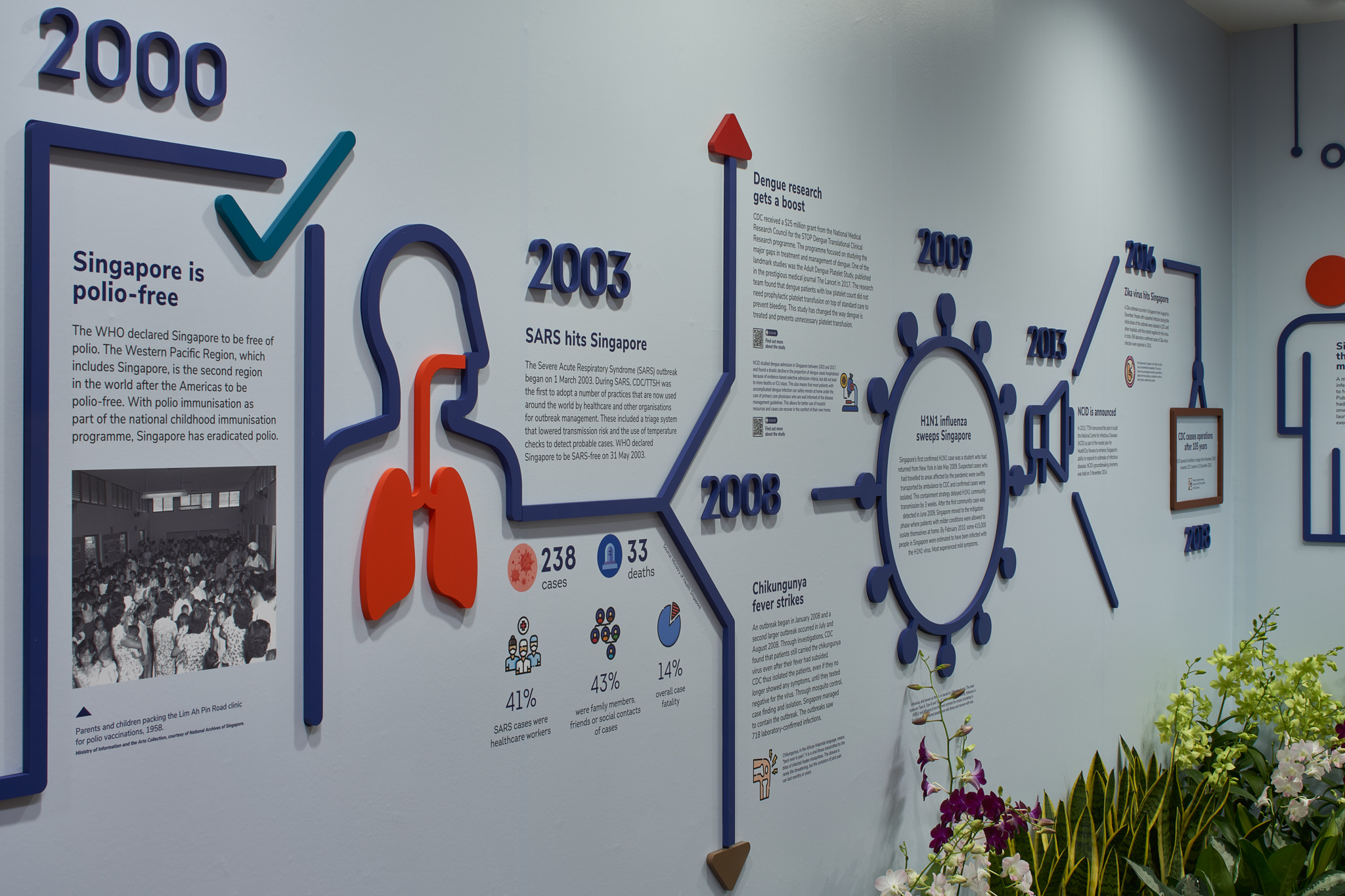If you are looking to create a brand experience, museum, gallery or exhibition, you likely have a vision of what you want the experience to be.
You are like an orchestra conductor, whose vision is the harmonious symphony you want your orchestra to play. And your orchestra comprises strategic minds, creative storytellers, technical experts and skilled builders. How can you bring your vision to life as the conductor?
HOL has strategised and executed numerous brand experiences, museums, galleries and exhibitions over the past 20 years. My recommendation is to start with the music score – your tender.
A well-developed tender document clearly outlines the project scope, goals and requirements so that the bidding vendors understand your expectations. But before you dive into the contents of your tender document, there is an even more important aspect you need to think about: the structure of your call for tender.
Do you want an all-in-one call that covers concept, design and build in a single tender? Or is having three separate tenders for concept, design and build more suitable for your experience project?
The structure of your call for tender determines the project workflow and how your “orchestra” (talents) collaborate towards your project vision.
By structuring your call for tender to meet your specific needs, you take the right step towards your ideal outcome: an impactful and memorable experience, developed through an efficient and cost-effective process, delivered on time, within budget and as envisioned.
Having seen my fair share of calls for tender, I will provide some insights into how to structure your call for tender to suit your needs in this article.
Stages of an experience project
Let’s first get clear on the stages of an experience project. Generally, it can be divided into four phases:
1. Concept (strategy and story)
This phase gives you the blueprint that guides your intentions and actions towards a successful experience. This is where strategic consultants conceptualise the concept or “story”.
At HOL, we conceptualise the story using our proprietary strategy framework, CRM:
- Gather and curate the information to communicate to your audience
- Identify the emotions that will resonate with your audience
- Define the actions and changes to motivate in your audience
When we have all the above, we then map out the:
- Big Idea, which is the single most important takeaway of your experience
- thematic zones that support the Big Idea and their key content coverage
- conceptual floormap
- visitor experience of each zone
- storytelling methods that best express the story with the intended visitor experience, such as text panels, tactile interactives and multimedia interactions

You can find out more about the strategy stage in my article, Telling Your Story Differently, where I illustrate how to use CRM with Pip’s Trail a digital quest experience HOL strategised and designed for The Esplanade – Theatres on the Bay.
2. Design
The design stage translates your strategy into a visual and aesthetic experience. It includes and is not limited to spatial, lighting, acoustic and multimedia design.
3. Production
Production is where the informational and visual content of the experience is created. It includes content writing, video and multimedia production, interpretive and visual design, prototyping and programming (coding).
4. Build
Fabricators build the physical exhibition, museum, gallery or brand experience at this stage.

Pros and cons of different types of calls for tender
The four phases mentioned above are typically included in all calls for tender for experience projects. Next, I will discuss the pros and cons of three types of calls and recommend which one to use.
Type 1: The all-in-one call – Concept, Design and Build in 1 call for tender
This is a single call for bidders to bid for all three stages – concept (strategy/story), design and build. Usually, one company – normally the fabricator – takes the lead and is joined by a consortium of several other companies specialising in different aspects.
Pros
- You only need to put out one call for tender, which can save tons of time.
- The project management is more straightforward, typically with a single project manager as the point of contact.
- With the same team involved in the project from start to finish, the project vision may be more unified.
Cons
- Be aware of variation costs. This call combines the project stages, and you enjoy some efficiencies. So, you get some cost savings, right? The reality is that this structure may lead to high variation costs.
Let’s say you have no other requirements or changes during the project. Then you have a straightforward situation of paying for what the appointed vendor proposed in the tender submission. However, that is a dream scenario. You are likely to have new ideas during the project with changes to the original concept and design. These new ideas lead to variation costs.
Unfortunately, a few bad apples in the barrel may take the opportunity to charge higher for variation orders, knowing that most clients stick to them due to time constraints and to avoid the loss of warranty, as the original appointed vendors do not cover work done by other companies.
- Narrower choice of expertise. You may not get the best expertise for the job because the talents come from the lead consultant’s partners. If the partners underperform, the entire project may be affected. Meanwhile, smaller strategy or creative consultancies with specialised skills may be excluded from bidding for your tender.
Suitable for
This is not to say that you must avoid this type of call for tender. You can consider using this tender structure if:
- you are under time constraints. This tender structure minimises potential delays caused by handovers between multiple vendors. The execution is also faster with project management centred on an appointed vendor.
- you have a smaller-scale project that can be efficiently executed with little complexity.

Type 2: The 2-stage call — Concept and Design (1 tender), Production and Build (1 tender)
The first stage is to call for the concept and design, and the second stage is for the production and build.
Stage 1 addresses your project’s strategic and creative requirements, while stage 2 appoints vendors for the execution of the creative requirements and the building of the physical experience.
One lead consultant or company is appointed for stage 1 and another lead contractor or company for stage 2. You can also specify that the consultant or company appointed for stage 1 cannot participate or be involved in stage 2, so that there is proper oversight ensuring stage 2 deliverables are executed correctly and aligned with the strategy and creative vision.
Pros
- Get better control of the project cost. Your project’s creative portion usually takes the most time because it involves a lot of workshopping, discussions and client reviews and approvals. After all that is done, when you call for a tender for the production and build, you can be very specific about what is required and hence prevent large variation costs.
You can also require your strategic consultant hired for stage 1 to provide an estimated costing for stage 2 based on the vision and design. Or you can let them know the budget you have set aside for stage 2, so that the production of their design can be kept within your budget.
- Get better strategy and creative ideas. This type of call for tender allows for specialised consultants to pitch for your project. As a result, you get a wider choice of strategic and creative ideas.
You can choose a strategic consultant specialised in conceptualisation (strategy and story) and experience design, which may give you a higher-quality concept since the consultant’s creativity is not unnecessarily impeded by factors like production and building costs at the conceptualisation and story stage.
- Benefit from design guardianship and project management. Include design guardianship and project management in the scope for the strategic consultant hired at stage 1.
They can then ensure that the eventual experience is aligned with your concept and vision. They can also serve as the “interpreter” between you and the fabricator or production company on the project’s technical aspects.
This approach also ensures that fabricators or production companies do not go overboard by proposing more features than necessary or fewer than optimal to present your experience.
Cons
- Ensure a unified vision. There is a higher chance that the fabricator and production company may not fully grasp the concept’s nuances as they are not involved from the start. Therefore, you need to find a strategic consultant adept at stakeholder management, design guardianship and project management to manage the creative and technical requirements seamlessly.
Suitable for
This type of call for tender is suitable for many types of experience projects, and it is particularly effective for more complex ones.

Type 3: 1 call for tender for each stage (Concept, Design and Build)
You release three separate calls for tender, one each for the concept, design and build.
Pros
- Select from the best specialised talents available. With a separate call for each stage of the project, more specialised consultants and vendors can participate in each call for tender. By comparison, in an all-in-one call (Type 1), you get submissions from consortiums typically led by lead consultants (usually fabricators). As a result, your choices for strategy or creative consultants and production companies are limited to the ones that have already teamed up with the lead consultants.
- Increased competition. This structure allows more specialised consultants and companies to participate, thus ensuring more competitive pricing.
Cons
- More time and effort in putting out your calls for tender. While you may save money at each stage with more competitive pricing, this tender structure requires the most time, as you need to put out at least three calls for tenders.
- More project management on your end. You need a competent project manager in your organisation to manage different consultants and vendors as the potential for miscommunication is higher.
Suitable for
This type of call for tender may be more suitable for large, complex experiences, attractions, and precincts that can benefit from specialised expertise at each stage. These projects also typically have a longer timeline from start to launch.

Final analysis
All things considered, the optimal structure to use in most cases is Type 2 – the 2-stage call with stage 1 calling for concept (strategy and story) and creative design, and stage 2 for fabrication and production.
Type 2 gives you better control of your project cost as you can minimise significant variation orders by specifying the deliverables needed at the execution stage. It also gets you better strategy and creative ideas from specialised strategists and consultants.
With a 2-stage call for tender, you can also benefit from the strategic consultant’s guardianship and project management during the execution stage to ensure that the eventual experience is delivered as envisioned.
That said, the other two types do offer their advantages. Ultimately, your decision on your structure for your call for tender depends on the scale of your experience project, your team’s project management experience, and your resources in terms of costs, time and workforce.

